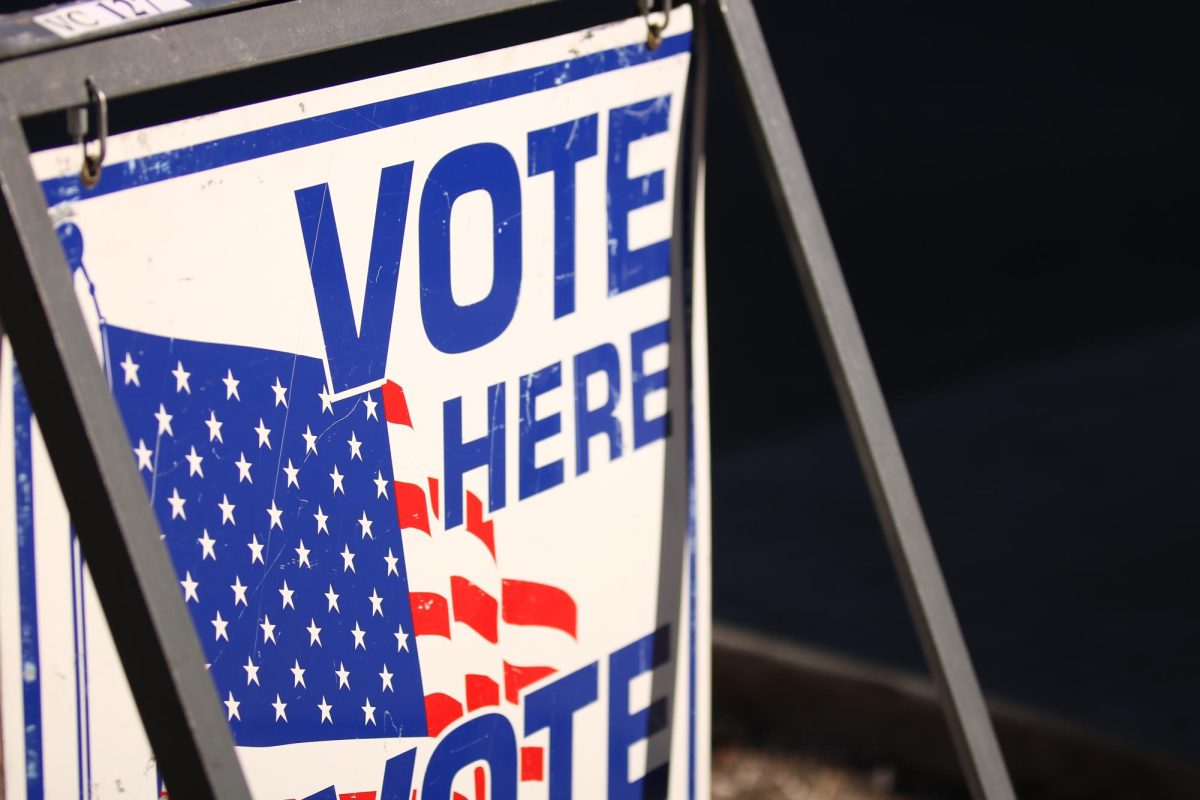The National 9/11 Flag was carried on Friday into Centennial Hall six months — almost to the moment, at 10 a.m. — after the Jan. 8 shooting.
On this day, the community was invited to try to mend the damage done that day by adding stitches to the National 9/11 Flag.
The flag was destroyed by the aftermath of 9/11 and stitched back together by tornado survivors in Greensburg, Kan., in 2008. It is a part of the New York Says Thank You Foundation. The foundation’s mission for the flag is to have it travel during the 10th anniversary of 9/11 in the hopes of acquiring a patch from every state by the end of the year. Once completed, the flag will go to the National September 11 Memorial & Museum being built at ground zero.
The ceremony for the flag included speeches by Dr. Peter Rhee, University Medical Center director of trauma and critical care and UA professor of surgery; Col. Brian Hastings of Davis-Monthan Air Force Base; Ron Barber, district director of Rep. Gabrielle Giffords’ office; Britann O’Brien, director of the Southern Arizona Office of the Governor, and Jeff Parness, founder and chairman of the New York Says Thank You Foundation.
During the ceremony, speakers drew parallels between the 9/11 terrorist attacks and the Jan. 8 shooting that killed six, including federal Judge John Roll, and injured Giffords and 12 others.
Before going to Centennial Hall for the ceremony and open stitching, the flag was raised in front of the Safeway where the shooting occurred.
One connection mentioned was the death of Christina Taylor Green, who was born on Sept. 11, 2001, and died during the shooting.
Green was the reason for the National 9/11 Flag’s previous visit to Arizona on Jan. 13, as her family requested to have it at her funeral, Parness said.
He estimated that millions of people had seen the flag because of Green.
More than 160 million people have experienced the flag in some way, according to the National 9/11 Flag website.
One connection touched on by each speaker was the reactions of the first responders and the public during the tragedy.
“”Citizen heroes — some of whom are with us this morning — came to our aid, staunching the bleeding where they could, trying to help wherever they could before anyone else arrived,”” said Barber, who returned to work this week after being wounded twice during the shooting. “”If you can, imagine the scene that greeted the first responders when they first came to that Safeway that morning.””
Barber said he and the congresswoman’s staff met with those who came to their aid in the aftermath.
“”Every single one of them that we met with was still moved and still essentially traumatized by what they saw,”” Barber said. “”Can you imagine coming upon the scene where 19 people are wounded? Where do you start? Where do you go to first? Well, they made those difficult decisions and I believe by making them well, they saved several lives that morning,”” Barber said. He noted that Giffords is doing “”very, very well.””
Parness remarked that the 9/11 flag should be a reminder, not of what happened on Sept. 11, but what happened on Sept. 12, and likewise encouraged Tucson to remember Jan. 9.
“”Yes, we still mourn, and yes, we are still healing, but today is also an opportunity to celebrate the heroes that are with us here today: the first responders,”” O’Brien said.
The Arizona patch for the flag is made of retired fire station flags from the Northwest Fire Rescue District.
Those that were nominated provided the first stitches. Afterward, the flag was open to anyone who wanted to add a stitch.
“”This is history,”” Parness said. “”It’s not just about witnessing, it’s about participating.””









